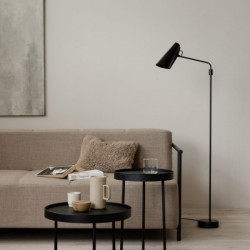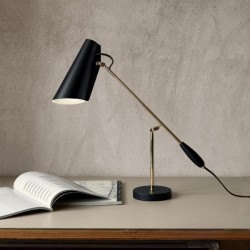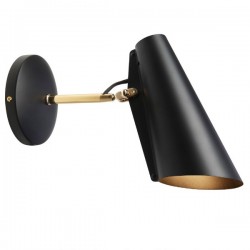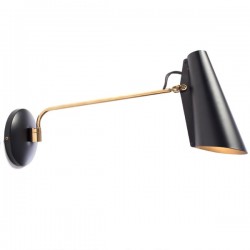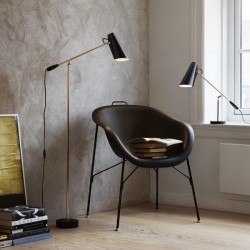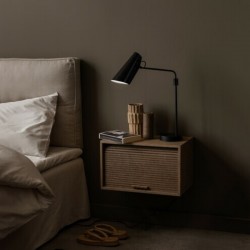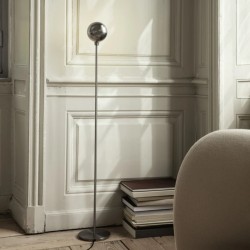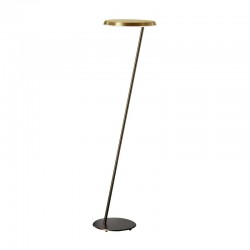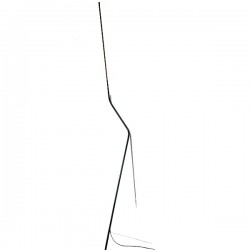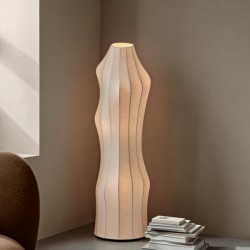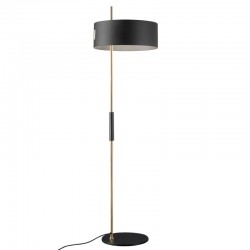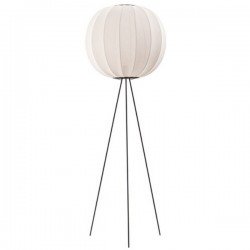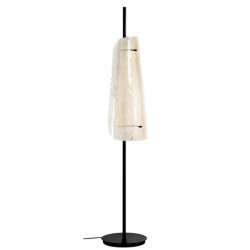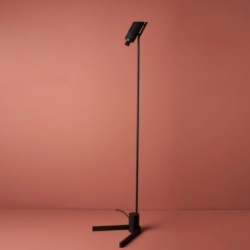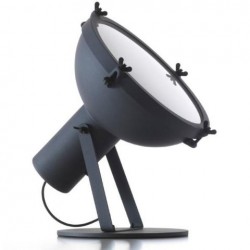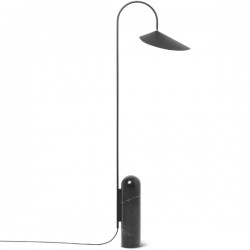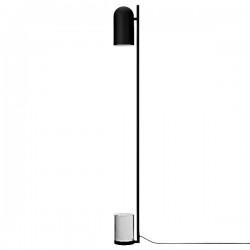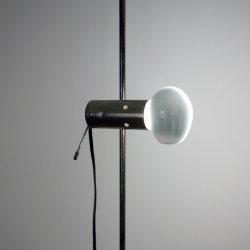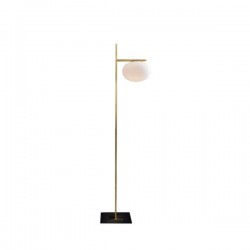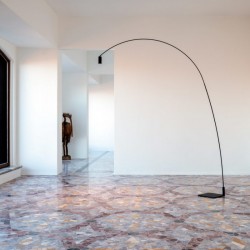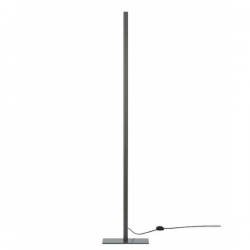Northern Birdy Floor Lamp Swing
Designer:
Birger Dahl
€458.00
Availability if not in stock 2 to 3 weeks.
The Birdy swing lamp, was originally designed in the 1950s by the pioneer of contemporary Nordic lighting, Birger Dahl. Now after careful consultation with successors of the Birger Dahl family, Northern has brought an original sketch that was never released into production for the first time.
Mirroring the strong geometric shapes and soft, gentle contours of the long-armed wall lamp, the Birdy swing lamp continues to celebrate this leading interior architect’s striking signature style and ever relevant modern design language. Available in a choice of black, brass or steel finishes, the Birdy swing lamp is easy-to-use and has a smooth rotating axis thanks to its steel body and aluminium shade.
-
Birger Dahl
<p>Award-winning designer Birger Dahl (1916 – 1998) was a pioneer of contemporary Scandinavian lighting. The mid-century years were a formative period of his work, when he forged his signature streamlined style and launched a new vision of lighting design. Dahl’s career had actually begun the previous decade, when he became head of design at Norwegian electronics firm Sønnico and created the award-winning Dokka pendant lamp. Dokka was the first lamp in Norway to receive a Gold Medal award at the prestigious Triennale di Milano, which brought Norwegian lighting under the international spotlight. While acclaimed for his lighting designs, Dahl is also considered to be one of Norway’s leading Post-war interior architects. Strict geometric shapes, such as circles, cones and cylinders, were the building blocks of Dahl’s design vocabulary, which he softened with gentle contours. He emphasised the purity of form, highlighting the shape of the object rather than hiding it behind decorative details or layers of ornamentation. Sensibilities like these explain why his work still appears modern today, and why lighting designs such as Dokka, Birdy and Dahl are so compatible with the interiors of our time</p>
Related products
Price
€333.00
Northern Birdy Wall Lamp Short
Price
€274.00
Northern Birdy Wall Lamp Long
Price
€308.00
Northern Birdy Floor Lamp
Price
€458.00
Northern Birdy Swing Table Lamp
Price
€333.00
You may also like
Ferm Living Tiny Floor Lamp
Price
€280.17
Oluce Amanita Floor Lamp Led
Price
€1,540.00
Nemo Neo Floor Lamp
Price
€480.00
Ferm Living Dae Floor Lamp
Price
€561.16
Oluce 1953 343 Floor Lamp
Price
€1,676.00
Gubi 9602 Floor Lamp
Price
€1,073.55
Made by Hand Knit Wit 60 Floor High Lamp
Price
€646.28
Pulpo Bent Floor Lamp
Price
€1,847.93
DCW Editions Vision 20/20 Floor Lamp
Price
€510.00
Nemo Projecteur 365 Floor
Price
€820.00
Ferm Living Arum Floor Lamp
Price
€577.69
AYTM Luceo Floor Lamp
Price
€412.40
Oluce Agnoli 387 Floor Lamp
Price
€875.00
Oluce Alba Floor Lamp 382
Price
€985.00
Nemo Fox Floor Lamp
Price
€815.00
Carpyen Lineal Floor Lamp
Price
€552.89


 EUR
EUR




